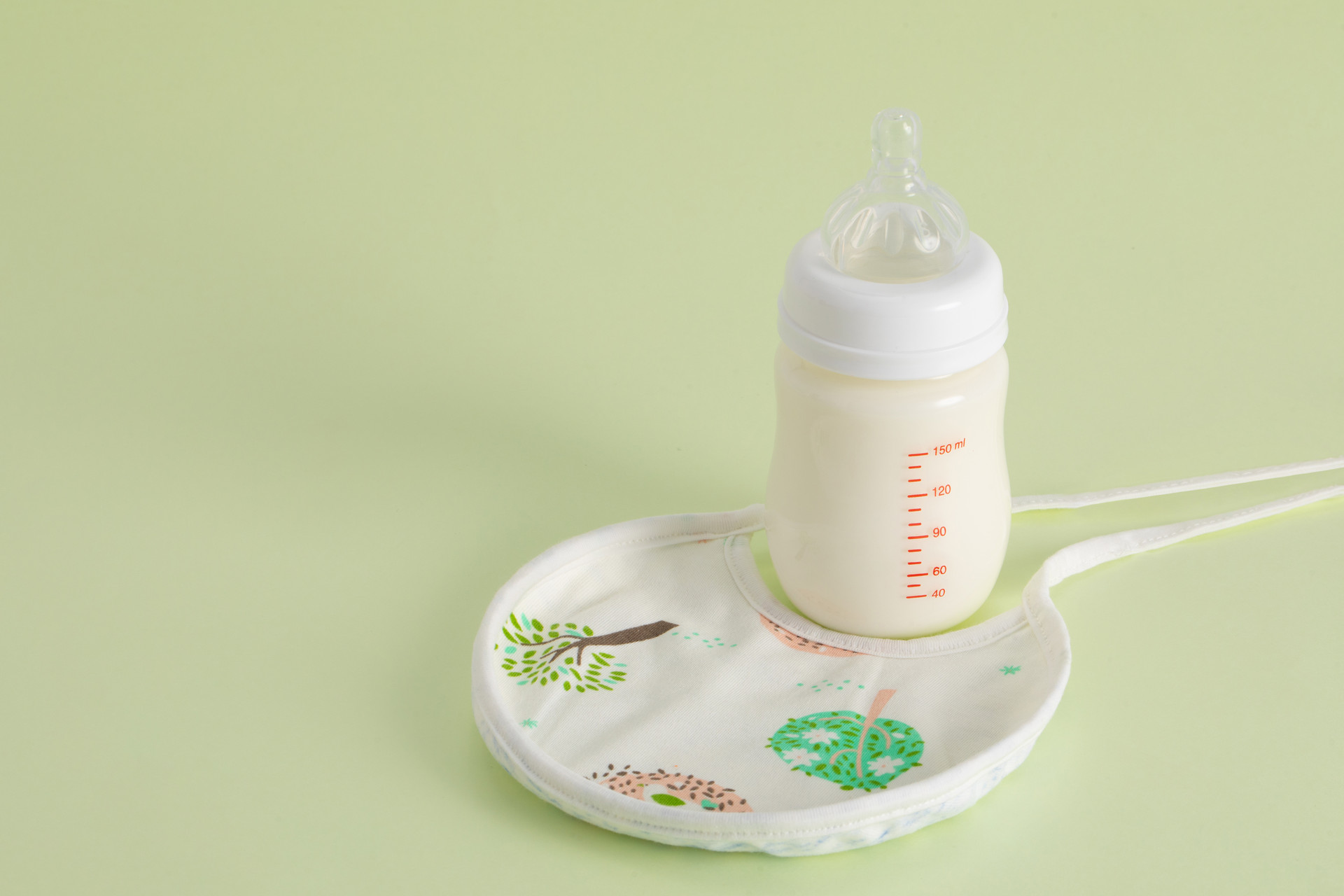Many breastfed babies refuse to drink formula milk after weaning. So what should you do if your baby refuses to drink formula milk? How can you get your baby to drink formula milk? Let's take a look at what you can do if your baby refuses to drink formula milk.
What to do if your baby refuses to drink formula milk
1. Stop breastfeeding
Most babies naturally transition to formula milk after weaning. If you want to know the correct method of weaning, it's best to slowly help your baby adapt instead of abruptly stopping breastfeeding. One flexible method is to express breast milk and feed it to the baby in a bottle.
2. Choose the right nipple
Even with the best nipple, the sensation of drinking from a bottle will still be different from breastfeeding. If you can find a good nipple, your baby will be more likely to accept it. You can choose a nipple that feels more similar to a nipple. Another method is to boil the nipple a few times to make it softer, which may make it easier for the baby to accept.
3. Offer smaller, more frequent meals
This can help cultivate your baby's interest in drinking formula milk. If your baby drinks only a small amount at a time, offer more meals throughout the day. You can also try to cultivate their interest in formula milk by offering it before introducing solid foods. Gradually, your baby may overcome their aversion to formula milk.
4. Introduce complementary foods
If your baby really doesn't like formula milk, you can consider introducing complementary foods when they reach 4 months old. Start with rice cereal, egg yolk, liver powder, and fruit puree, and gradually introduce rice porridge and soft noodles. Once they can eat complementary foods, it will be much easier, as they can get nutrition from other sources. However, be aware that consuming too much complementary food can affect their milk intake.
Three key points for bottle feeding
Introducing a bottle to your baby is a gradual process that requires training. Don't rush it, be patient, and persevere. Here are three key points to remember:
The timing of feeding is crucial
1. Avoid introducing bottle feeding when your baby is feeling low, crying, or even sick.
2. Try introducing bottle feeding when your baby is in a good mood: interact with your baby, play with them, make them happy. It's easier for your baby to accept the bottle in a positive mood.
3. Try introducing bottle feeding when your baby is hungry: don't feed your baby for 2 to 3 hours before attempting bottle feeding, to ensure they have an appetite. Hunger can encourage your baby to accept the bottle.
4. If your baby is sleepy, you can try breastfeeding before sleep and then switch to bottle feeding when they show signs of drowsiness. After multiple attempts, your baby will accept the bottle.
The nipple is crucial
Although the feeling of a good nipple is still different from sucking on the mother's nipple, choosing the right nipple is crucial for your baby to accept the bottle.
1. Rinse the nipple with warm water to soften it and make it closer to the temperature of the mother's nipple.
2. Before feeding, it's better to apply some breast milk on the nipple to help your baby quickly get used to it.
The correct feeding position is crucial
1. If the bottle is held at the wrong angle, it can press on the baby's tongue and prevent them from drinking. It's best to gently place the bottle at a 45-degree angle in the baby's mouth.
2. The sitting position is usually used, with one hand holding the baby in the lap, the baby's upper body leaning against the mother's elbow, and the arm supporting the baby's arm or buttocks. The baby's body should be tilted at about 45 degrees (avoid lying flat or sitting upright). Use the other hand to hold the bottle and gently touch the baby's lips with the nipple. The baby will open their mouth and start sucking.
3. Keep the bottle tilted during feeding to ensure a constant flow of milk through the nipple and prevent negative pressure in the bottle. If negative pressure occurs, the nipple will become flat and it will be difficult for the baby to suck milk. In this case, loosen the bottle cap to let air in and then tighten it again.











